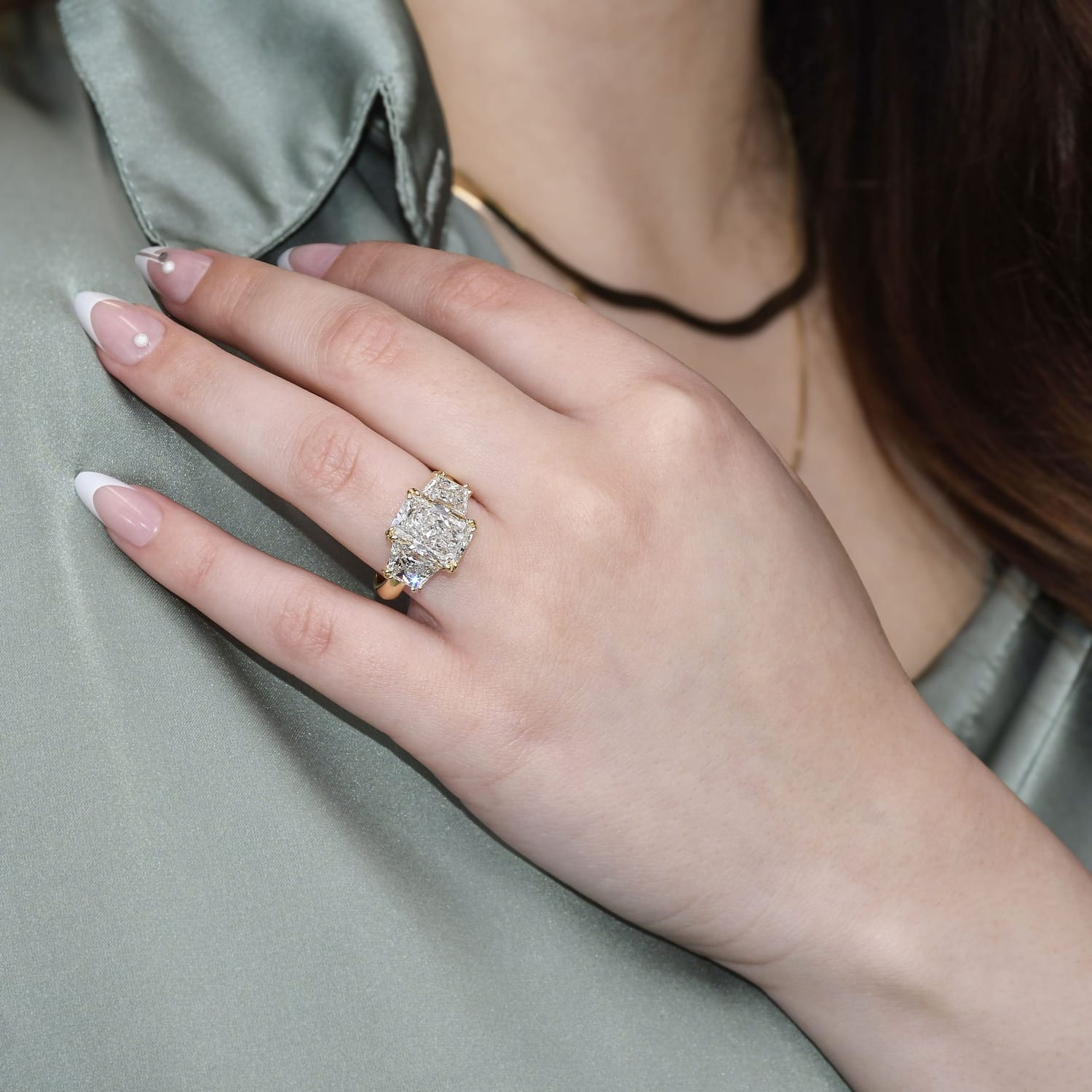Ring Education: Ring Basics

Whether it's an heirloom passed down through generations, a symbol of commitment, or a personal piece that signifies a milestone, understanding a ring's intricacies elevates our appreciation for its design and craftsmanship. The foundations of a ring, from its anatomy to its perfect fit on your finger, play a pivotal role in its overall aesthetic and comfort.
In summation, when selecting or customizing a ring, it's essential to consider these nuances to guarantee an impeccable fit. A ring that sits comfortably on your finger enhances the joy of its ownership and showcases its design in the best light.
As we unravel the different facets of a ring, it becomes evident that the sum of its parts is what makes it truly special. The anatomy provides the structure and beauty, while the size ensures its perfect embrace around the finger. Together, they harmonize to create a piece of jewelry that not only adorns but also tells a tale of precision, artistry, and personal touch.
RING ANATOMY
RING SIZE & SIZING
Ensuring that a ring fits flawlessly on your finger is pivotal to its overall experience. A well-fitting ring not only accentuates its beauty but also offers maximum comfort and minimizes wear-and-tear risks. Here are essential elements to ponder upon to ascertain the perfect ring fit:
- While certain traditions designate specific fingers for particular rings, such as the left-hand ring finger for engagement rings, it's indispensable to remember that each finger—even on the same hand—can differ in size. It's imperative to size the specific finger on which you intend to wear the ring.
- Influence of Ring Width: The ring's width can notably impact its fit. As an example, two rings, both size 7, where one has a width of 2 mm and the other 6 mm, will fit quite differently. The broader ring, given its increased surface area, will have a snugger fit, necessitating adjustments for a comfortable wear.
 |
- Inner Profile of the Ring: The interior contour of the ring can significantly affect its fit, especially in rings broader than 3-4 mm. A ring that possesses a flat inner surface may present a more restrictive feel during wear or removal compared to one designed with a rounded or comfort fit interior.
 |



